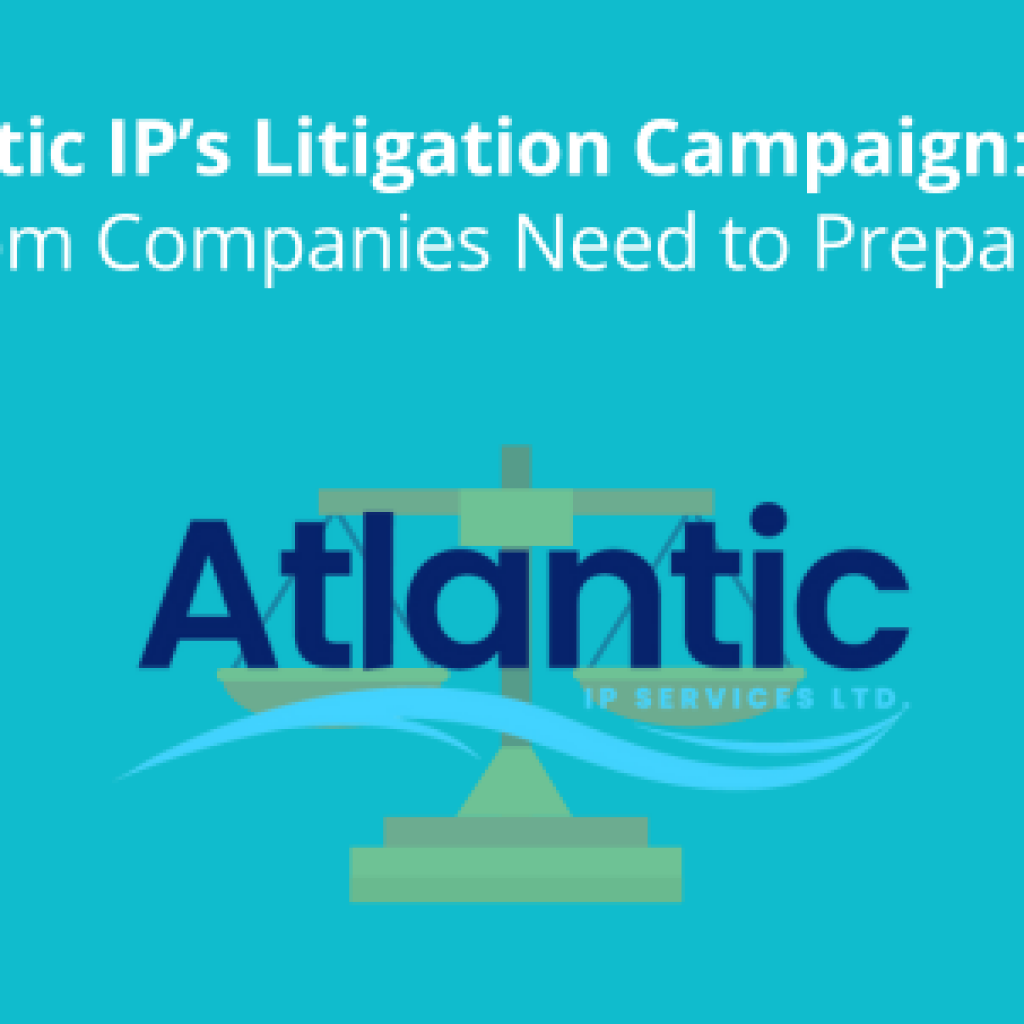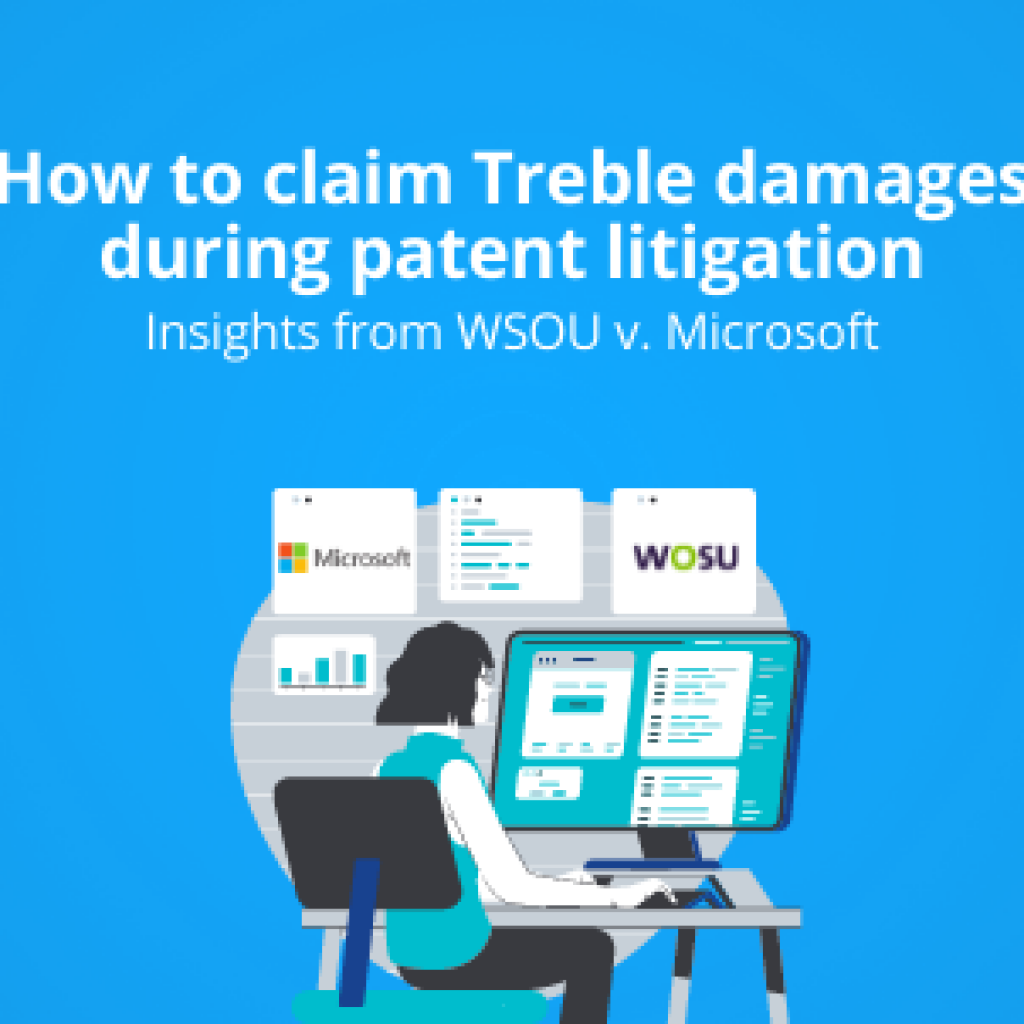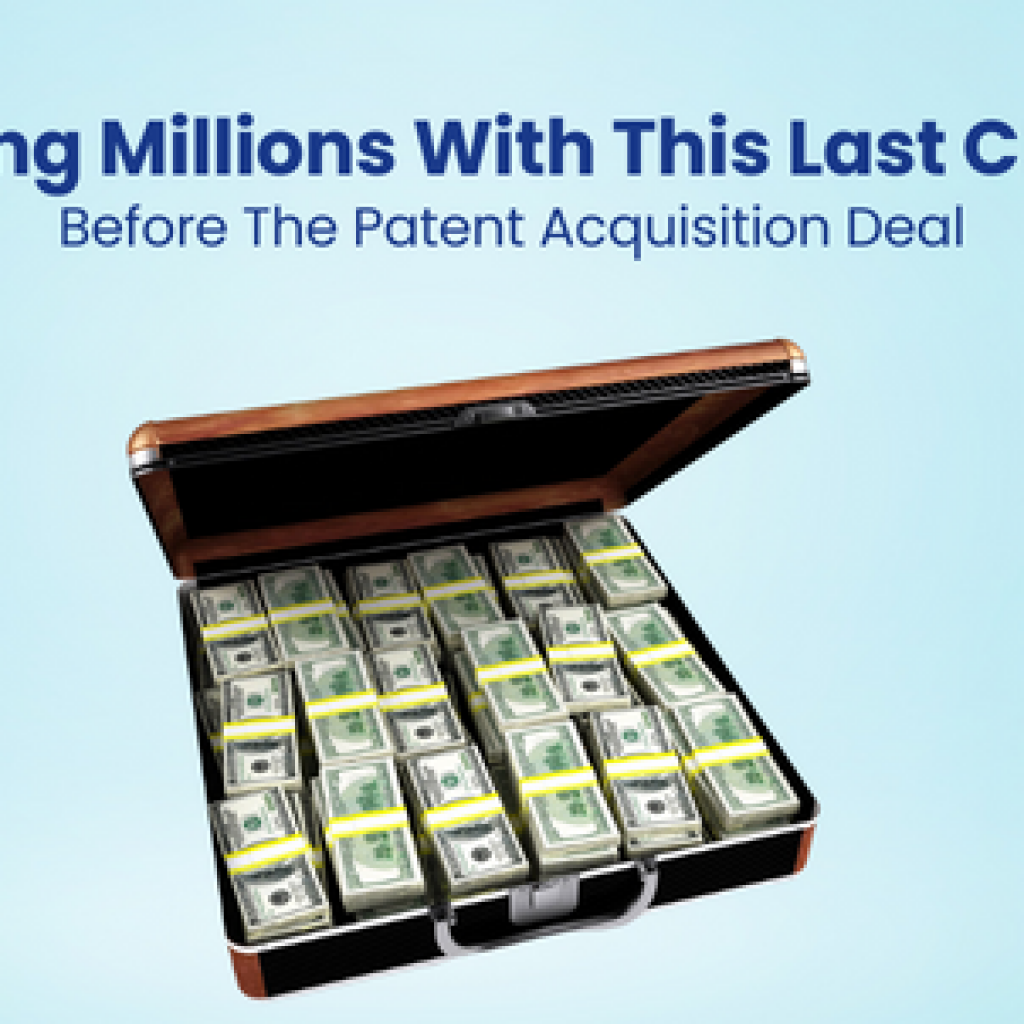Creating a strategy for patent acquisition often means finding patents that are not only strategically aligned but also genuinely available for purchase. It’s a common frustration when a promising patent fits perfectly with your patent acquisition needs, only to discover that the owner has no intention of selling. This wastes time and resources, delaying critical innovation processes.
To mitigate these challenges, the solution is to employ specific parameters to identify companies more likely to engage in patent sales. This method not only streamlines the acquisition process but also significantly increases the chances of securing the right patents. Here are eight crucial parameters that must be utilized before you buy a patent.
8 Key Parameters for Identifying Potential Patent Sellers
1. Size of the Patent Owner:
- Small or Medium Entities: These entities often seek additional revenue streams to support growth or maintain operations, making them more inclined to consider selling patents. Targeting these organizations can open doors to acquiring valuable IP assets at competitive prices.
- Startups and Universities: Frequently operating on tight budgets, startups, and academic institutions may sell patents to fund further research or development. Engaging with these organizations can lead to acquiring innovative technologies that are still in their early stages.
2. Large Companies:
- Past Transaction History: Large corporations like IBM occasionally sell patents to generate additional revenue or reduce the costs associated with maintaining patents that no longer align with their strategic objectives. Analyzing the patent transaction history of such companies can reveal those likely to engage in sales, especially within your domain of interest (e.g., video coding technology).
Our patent value reports include lists of companies with recent patent sales and highlight high-value patents in specific domains. For instance, our Patent Vault Report on Wi-Fi 6 can serve as a reference.
3. Patent Marketplaces:
- Platforms like IAM Marketplace are valuable resources for identifying companies that are actively selling patents. These listings not only help you find potential sellers but also provide details on specific patents available for purchase, offering a dual advantage—discovering both the seller and the exact patents you may need.
4. Relevance to Patent Owner’s Products:
- Core vs. Non-Core Portfolio: Companies deeply involved in a particular domain (e.g., video coding) are less likely to sell patents that are central to their business. However, they may be more willing to divest non-core patents in technology areas outside their primary operations. These non-core patents often hold less strategic value for the company, making them more viable acquisition targets.
5. Standard Submissions or Pool Memberships:
- Standards Contributions: Companies that contribute patents to industry standards or are members of patent pools (like the LOT Network) typically see these patents as strategically critical and may be less inclined to sell them. For example, companies in the LOT Network might sell patents to entities like Patent Assertion Entities (PAEs) but generally avoid sales that undermine their strategic interests.
6. Geographical Location:
- Jurisdiction: Patent transactions tend to be smoother and more successful between companies within the same country due to shared legal frameworks and cultural similarities. For example, a U.S. company may prefer selling patents to another U.S. firm, while a Chinese company might favor transactions with other Chinese entities. Geopolitical factors also play a role in influencing cross-border deals and making domestic transactions more attractive.
7. Collaborations and Funding:
- Existing Agreements: Companies engaged in partnerships or receiving external funding may have contractual obligations that complicate patent sales. Understanding these relationships is crucial, as they may impose restrictions or require additional approvals before a sale can proceed.
8. Past Transactions with Your Organization:
- Existing Relationships: If a company has previously sold patents to your organization, this established relationship can significantly increase the likelihood of future sales. Leveraging this existing trust and familiarity can streamline negotiations and expedite the acquisition process.
Conclusion
Despite thoroughly considering the above factors, unexpected obstacles to patent acquisition often emerge. There might be sudden changes in a seller’s willingness to negotiate, hidden licensing agreements that complicate the deal, or even unforeseen shifts in market dynamics that affect patent value.
This is where GreyB’s Patent Acquisition Expertise becomes essential.
We go beyond identifying potential sellers to proactively address these challenges—whether it’s navigating complex legal frameworks, managing time-sensitive negotiations, or overcoming geopolitical barriers that could stall your acquisition.
Fill in the form below to begin identifying potential sellers and addressing any challenges that may arise along the way.
Authored by: Aadesh Srivastava & Annie Sharma










